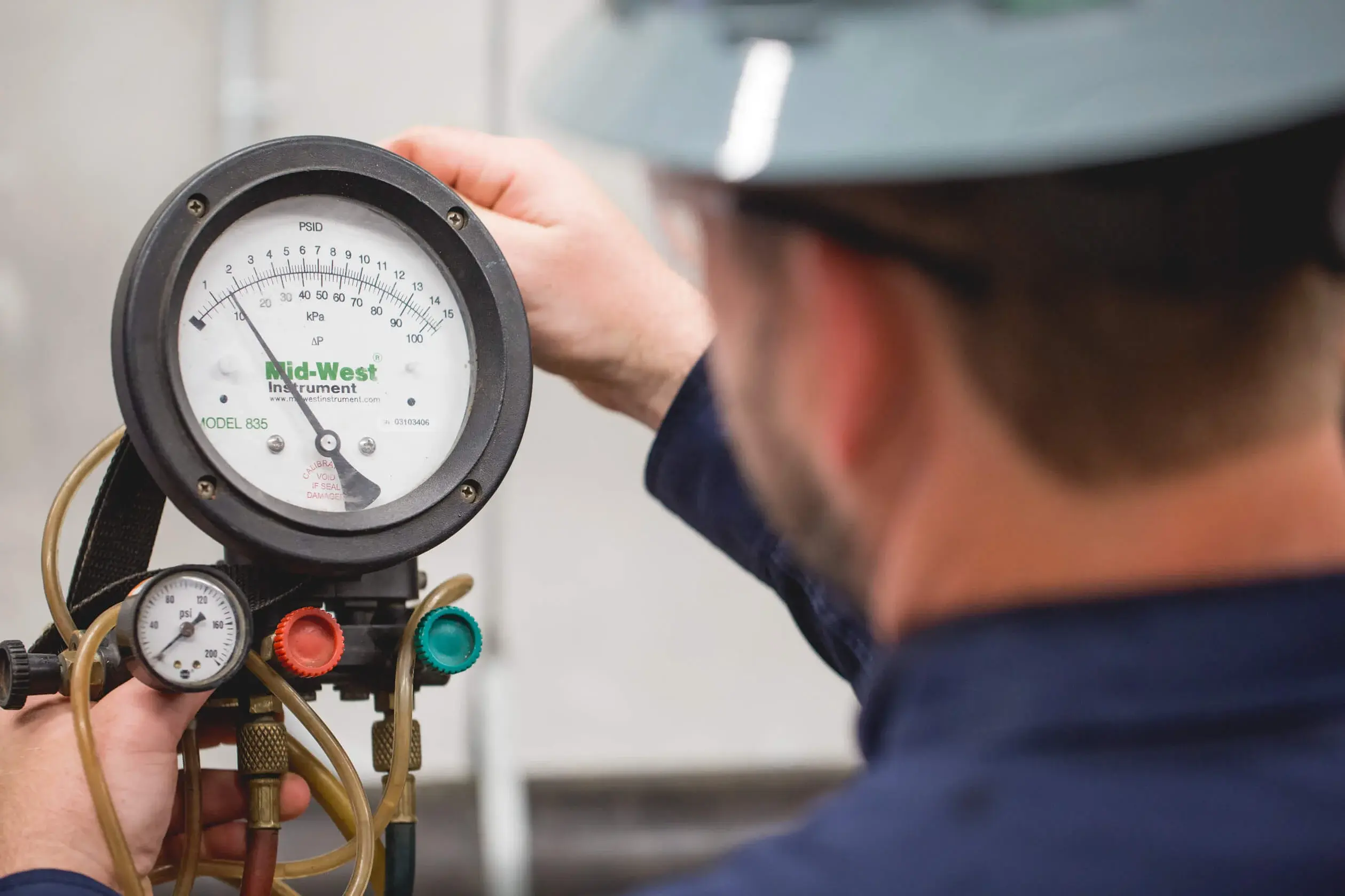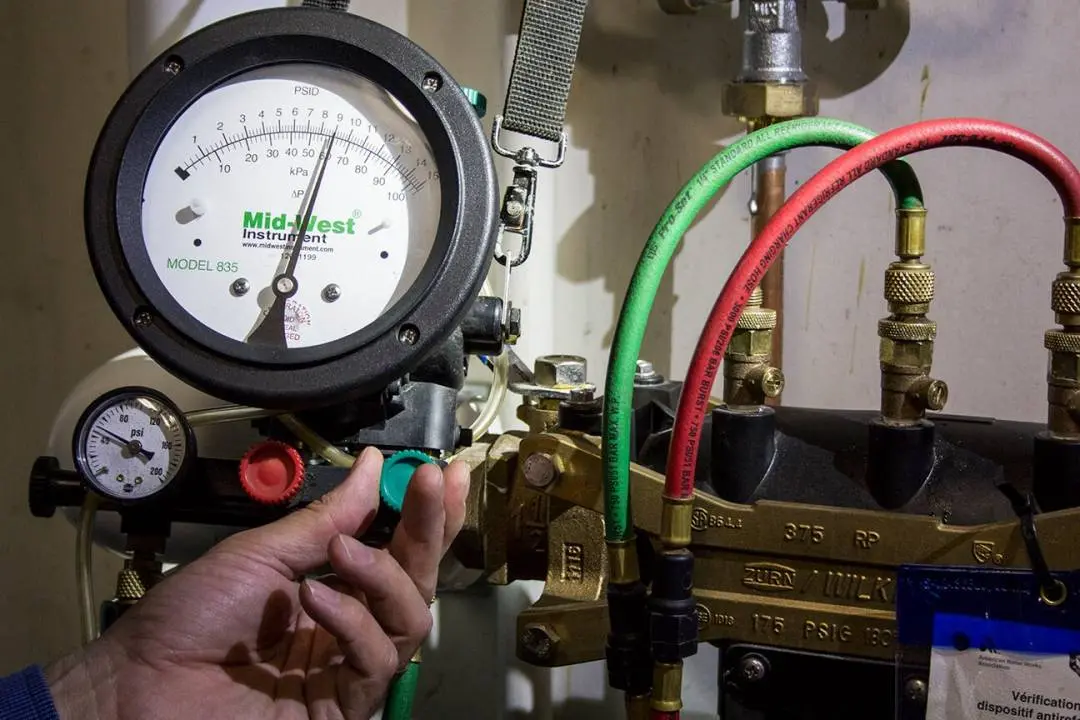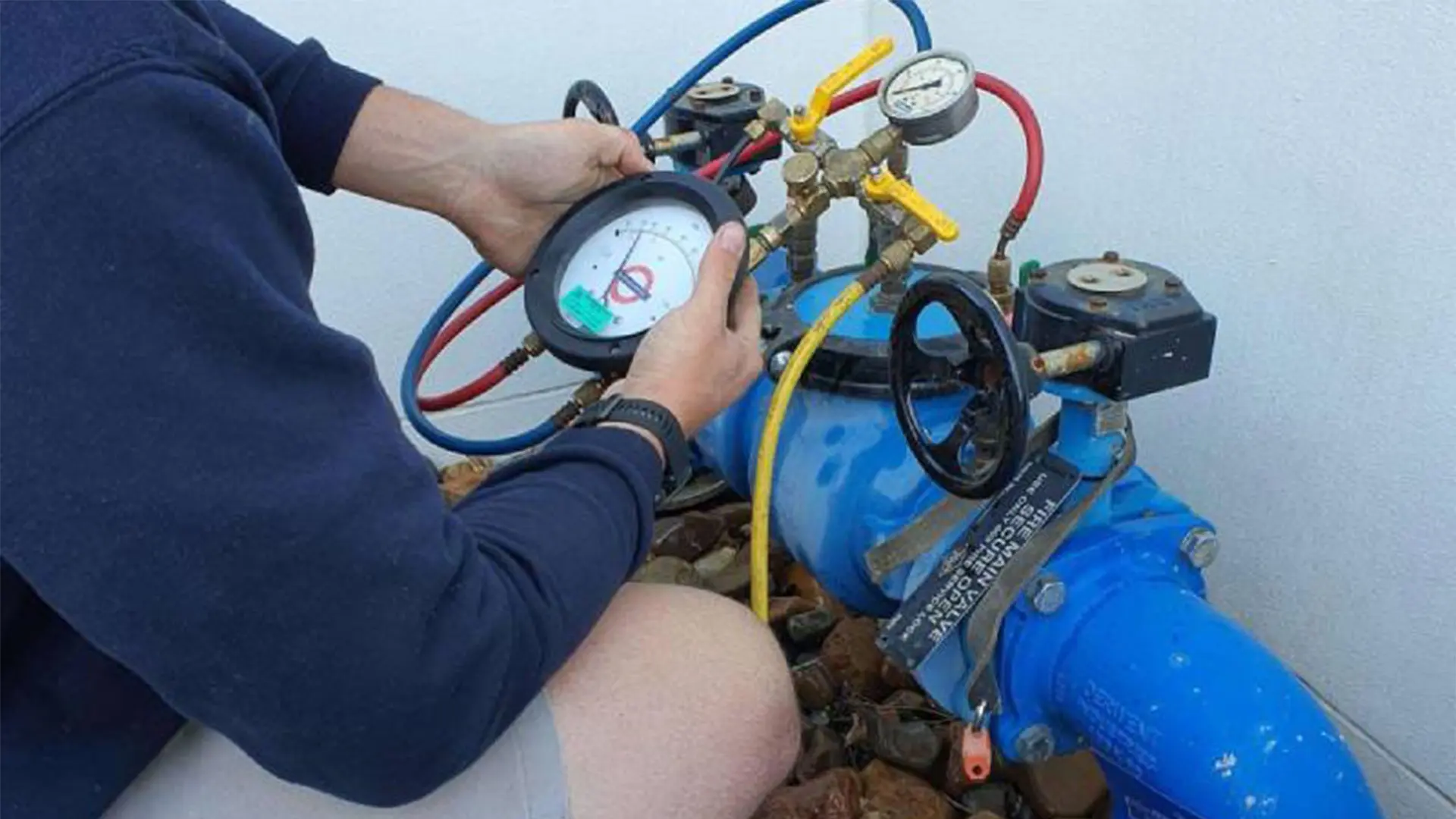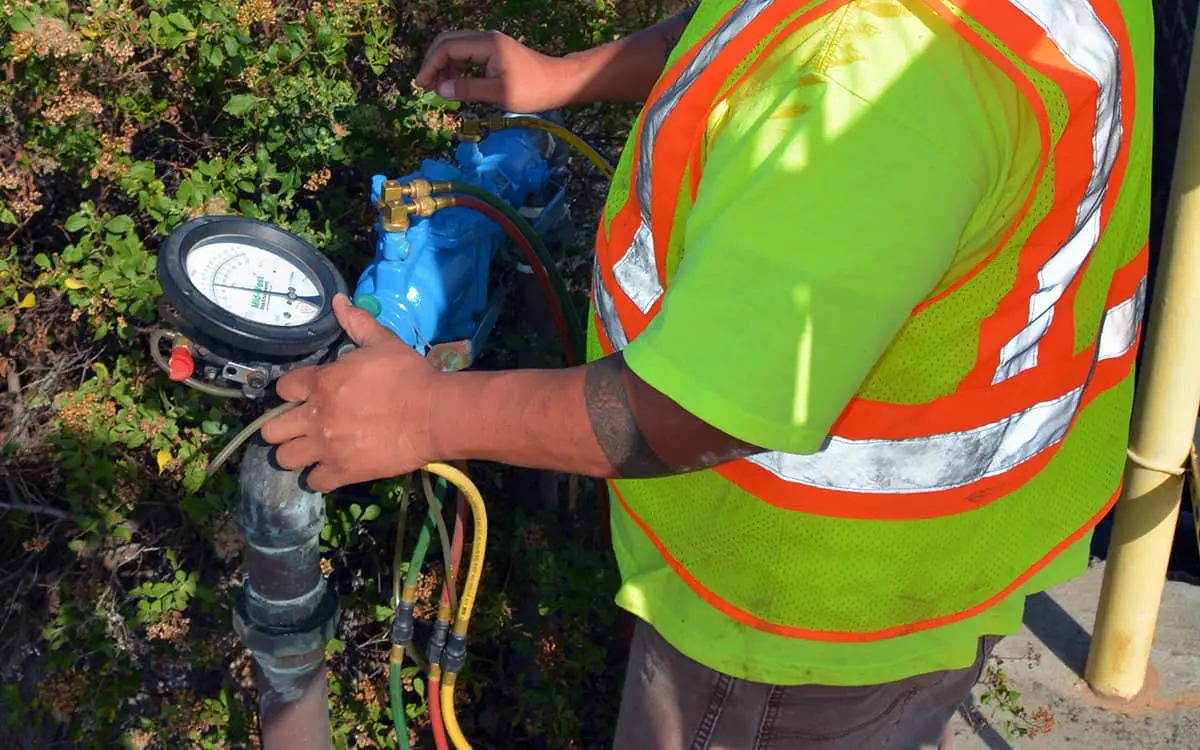How often does my backflow preventer need to be tested?
Most Texas cities require annual testing by a licensed BPAT professional.
What happens if my backflow device fails the test?
We’ll offer a repair or replacement plan and provide a free retest after correction.
Is the testing process disruptive to my water service?
Water may be briefly turned off, but most tests are completed in under 30 minutes.
Can you file the test results with my city?
Yes, we handle all filing with your local water authority and provide a copy for your records.
Are you licensed to test in The Woodlands or Harris County MUD districts?
Yes, our BPAT testers are certified to perform testing across all Houston-area districts.






